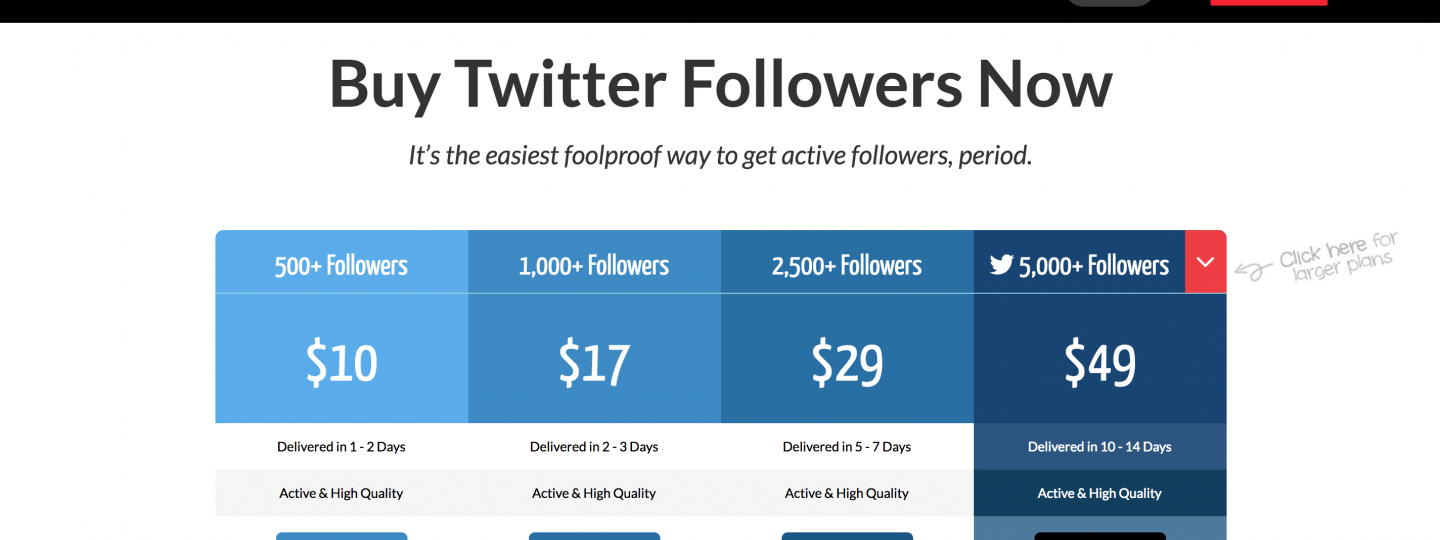Social networks have expanded popularity contests beyond the schoolyard, where users vie to become the next Instagram celebrity or at least have enough followers to be considered an “influencer.”
But, unlike the schoolyard, anyone can buy popularity on social networks. Richard Roeper, film critic for the Chicago Sun-Times, was suspended on Tuesday for buying 25,000 followers after a New York Times investigation revealed the practice was widespread.
The New York Times claimed that Roeper and others such as actor John Leguizamo, motivational speaker Eric Kaplan and British baking star Paul Hollywood purchased followers from a website called Devumi, which charges a mere $50 for 5,000 followers.
Buying followers or paying for any type of interaction is against Twitter’s terms of service and may result in suspension. If a company buys more users to make itself seem more popular than it actually is, or a journalist buys them to meet a standard of followers that an employer has set, it’s also, as the Times noted, potentially fraud.
Spotting fake Twitter uses is generally fairly easy, though fakers have gotten better at it over time.

Tools like TwitterAudit can automatically scan your followers, revealing the number of fake followers (for free) and allowing you to delete and block them (for $5 a month). Use Luca Hammer’s Account Analysis tool to look at accounts individually. Consistent daily rhythms and constant retweeting of spammy handles or accounts are a good sign the user is a bot.
The quickest way to manually spot obvious fakers is to look at their profiles. Many advertise spammy links or use excessive hashtags. To look over many at once, click “followers” below your own profile image. Stop users from following you by clicking the three vertical dots above and to the right of their usernames, then click “block.”
Another quick way is to look for offset followers-to-following ratios, particularly if the following count is maxed out around 5,000. Twitter puts a limit on the number of accounts a user can follow until he or she has more followers. A user who has 171 followers and who is following 5,001 people is usually fake.
It’s easier to do this with a third-party tool, as Twitter doesn’t list these counts on users’ following pages. StatusBrew is free, lists these numbers, and allows sorting based on followers and following.
If the ratio is unclear, look at the user’s followers. Many of them may be obviously fake, as well. Just note that many Twitter users, especially large accounts, attract “fake” followers on their own.
To really sniff out fakers, try right-clicking their profile images on Chrome and searching the web for their images. The Times reported that some of Devumi’s accounts appeared to be close approximations of actual people. The real accounts will often appear when you search for their images.
Why do fake followers even matter? With hundreds of millions of monthly active users, including the president of the United States and other important heads of state, Twitter has truly morphed from a microblogging platform into a method of communication that’s as accepted as a telephone. A user who inflates his or her follower count can leverage outsize impact on the outside world.
As the Times notes, they can “help sway advertising audiences and reshape political debates. They can defraud businesses and ruin reputations.”
Learn more about journalism tools with Try This! — Tools for Journalism. Try This! is powered by Google News Lab. It is also supported by the American Press Institute and the John S. and James L. Knight Foundation







